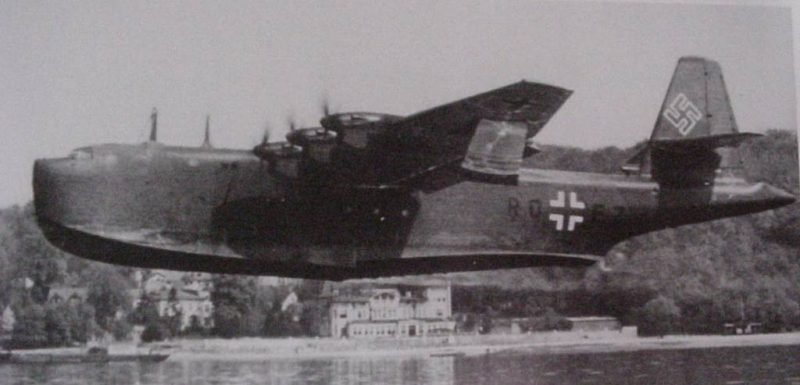The journey of the famous German ship building and engineering company Blohm & Voss commenced on April 5, 1877, when Herman Blohm and Ernst Voss got together to set the foundation stone for their brainchild.
The company got their first kick start during the Second World War, when the engineers at Blohm and Voss started building flying boats for various clients with distinctive success results.

When the company started, a shipyard was constructed on Kuhwereder island near the Free and Henseatic City of Hamburg that covered some 1500 meter square of the area.
The yard had a large 250 meters of water frontage and carried three berths, with the capacity to handle two large ships of length 100 meters or less.

The company has a very simplistic logo with that bears its name on rounded corners with white letters; up until 1955, the name of the company was shown with the ampersand.
For over a century and twenty-five years, Blohm & Voss continued its operations as a major manufacturer of large ships and other heavy machinery. In the aftermath of the Second World War, the company was thought to have been completely demolished, however, it stood back up and now builds warships for Germany and exports a fair amount of oil drilling equipment and ships for a number of commercial customers.
Nazi Germany’s attempt to build an impenetrable Army and Air Force in open defiance to the Versailles Treaty by considerable rearmament gave the crumbling Blohm & Voss the fuel it desperately needed to re-establish and then later re-brand itself.

The company was then run by brothers Rudolf Blohm and Walther Blohm, who saw an opportunity to significantly change the fortunes of the company by going along with the Nazi party’s rearmament plans. Until then, the company only specialized in building ships, but after signing a new client i.e. the Nazi party, the company stepped in the design and construction of aircraft for the German state airline, Deutsche Luft Hansa, and of course the Luftwaffe.
One dark aspect that still haunts Blohm & Voss is the fact that, towards the end of the Second World War, the company used the prisoners of a work camp (some suggest the camp was, in fact, a concentration subcamp run by the Blohm & Voss) to work at its shipyard in Hamburg-Steinwerder.



In the aftermath of the war, a memorial was built at the campsite and the company is thought to have been paying an undisclosed amount to the compensation towards the forced labor.

Perhaps the most prominent achievement of the Blohm & Voss is its most celebrated flying boat simply known as BV238.





What made the BV 238 stand out among other war machinery of the Second World War was its sheer size; when it first flew in 1944 it was the heaviest aircraft flown by any country during the war.
